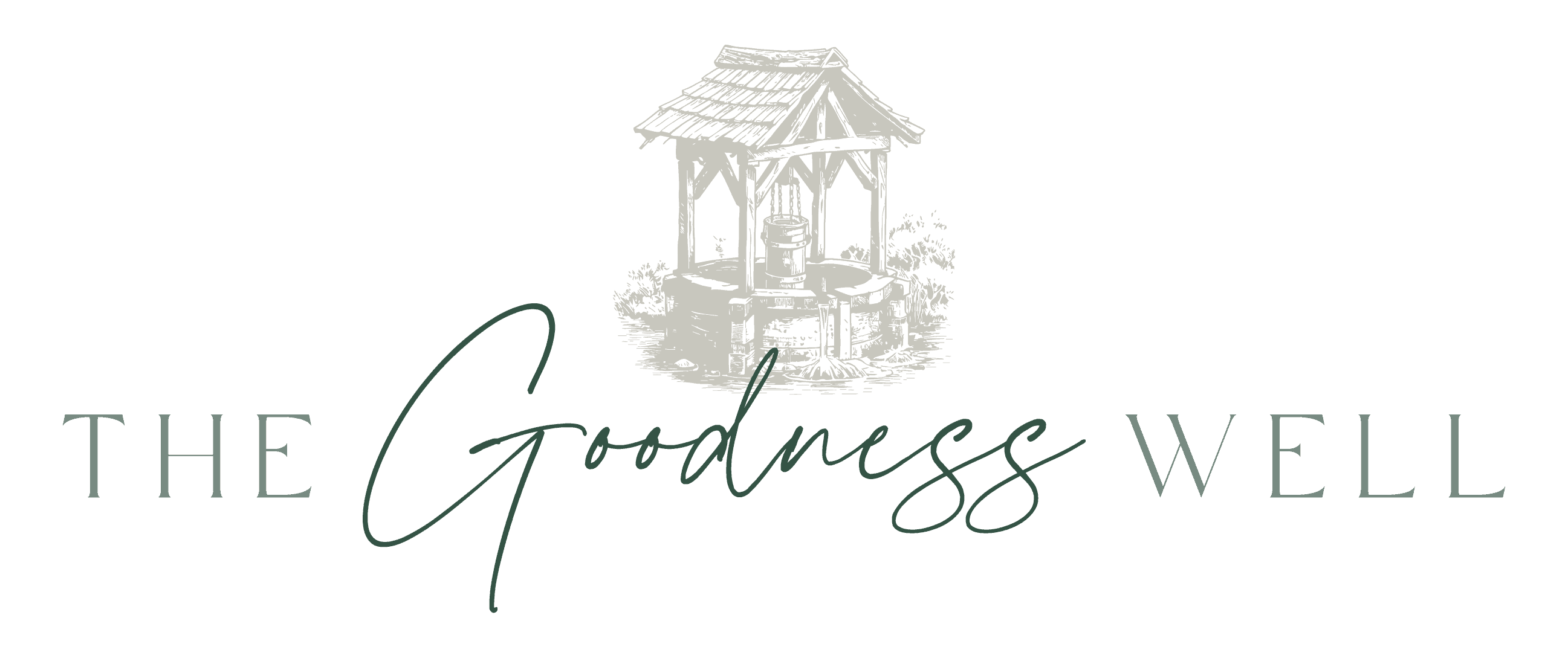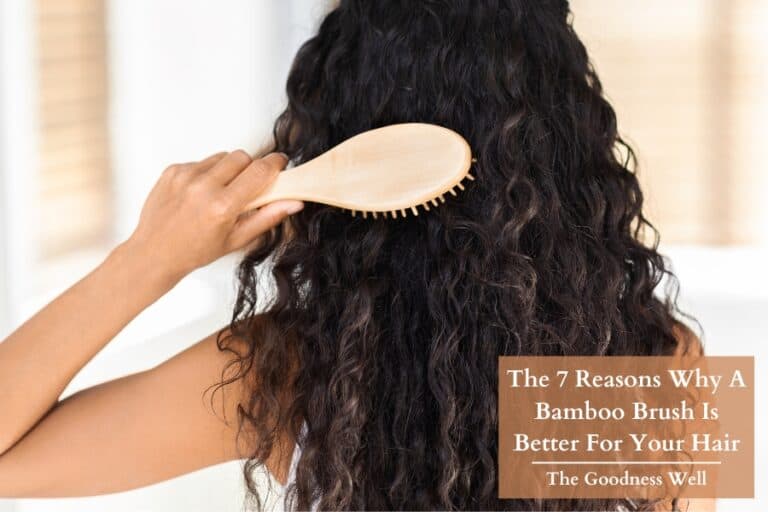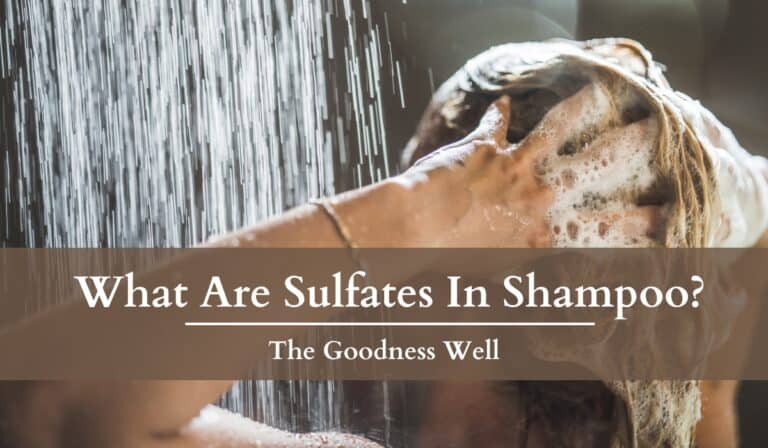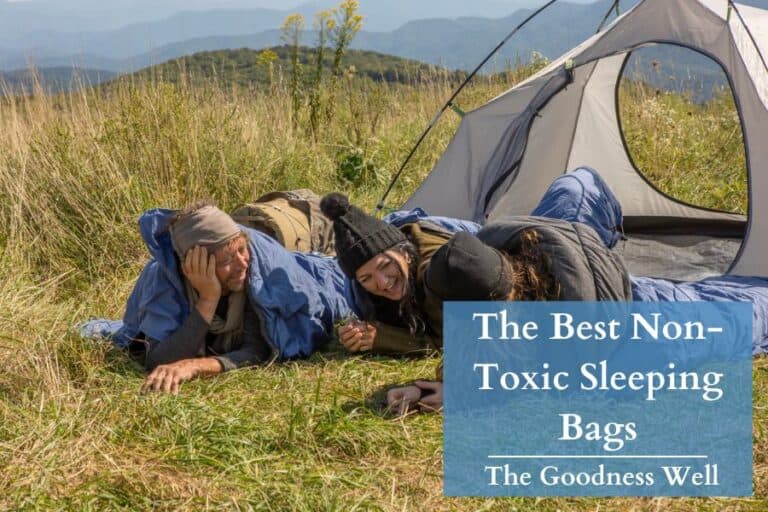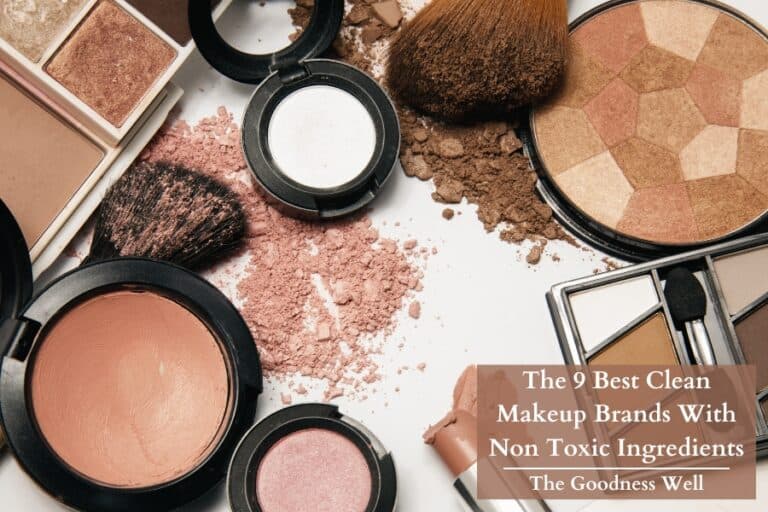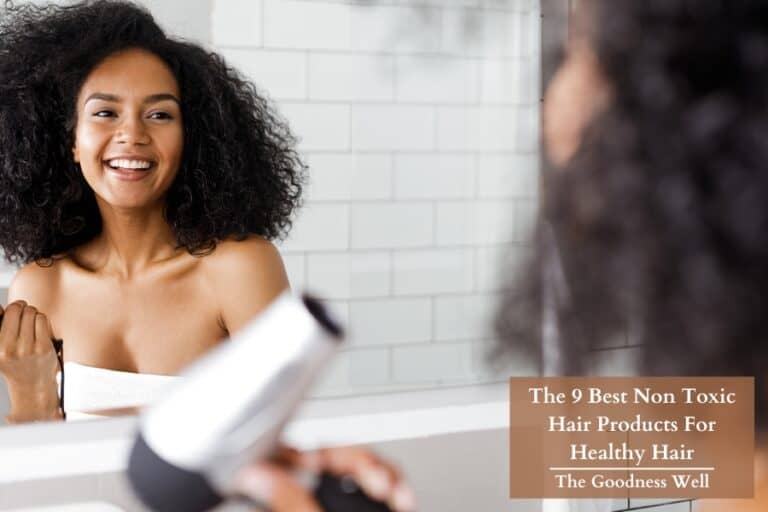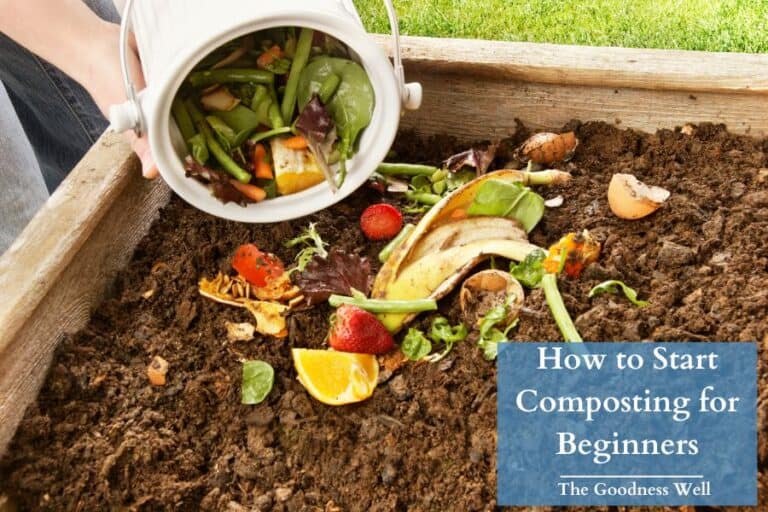What The Heck Is Clean Beauty?
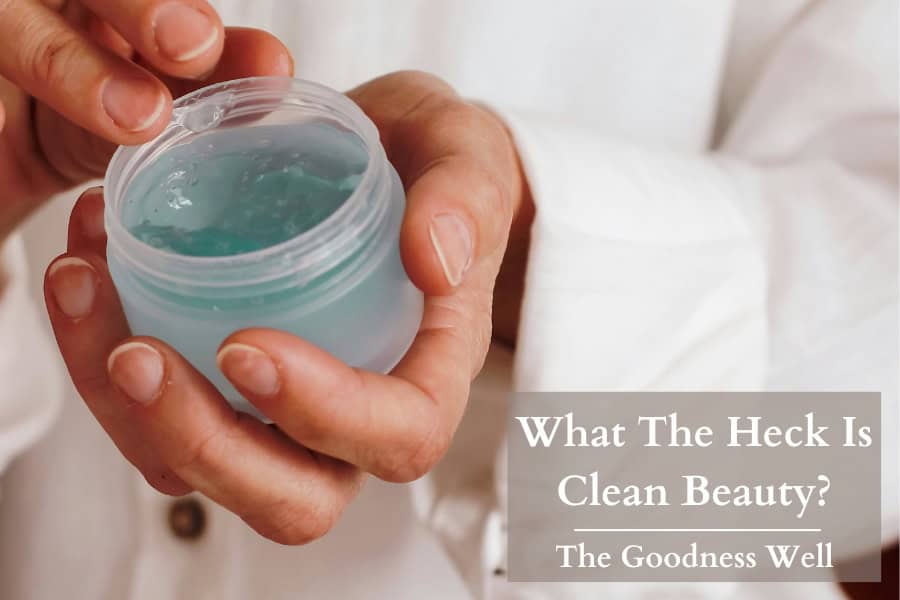
Man oh man do people get fired up about this one… Sometimes including myself.
Clean beauty has a terrible reputation, largely for two main reasons.
- Consumers are being manipulated by the beauty industry into buying a “cleaner” beauty product that really is no different than any other product, offering no real benefit, and is typically overpriced.
- Consumers misunderstand clean beauty.
We’re clearing the air and getting real about these types of beauty products and if they’re even worth the attention.
Where It All Began…
To understand, we need to go back to the start. This movement towards cleaner beauty products started to surface a bit in the 90s but really didn’t take off until two major events.
First, in 2004, The EWG(The Environmental Working Group) created its Skin Deep Database and started labeling skincare ingredients as clean(good/safe) and dirty(bad/harmful). And second, in 2009, the European Union started regulating and banning over 1300 ingredients in cosmetics.
By the way, the U.S. has only banned 11(some states like California have heavy regulations on other chemicals) cosmetic substances.
This shift towards banning and regulating cosmetic substances and deeming them as good or bad, whether that be for genuine or hidden intentions, has caused the beauty industry to start marketing products as “safe”.
However, waaaaay more often than not brands misuse or flat-out lie about their products in order to deceive consumers into thinking they’re buying a safer product.
When in reality, this couldn’t be further from the truth.
Meaning & Misconceptions
So what the heck is “clean beauty”? What does it really even mean??

Clean beauty are cosmetics and skincare products that have been deemed safer, pure, nontoxic, and chemical-free.
But because of the fear-mongering and misinformation formed around these terms, beauty brands have rightfully lost the trust of many consumers because of the negative connotations clean beauty has gained.
The unfortunate truth is that more often than not clean beauty products are no better or safe than any other product.
But with that being said I’m not willing to say GENUINE clean beauty doesn’t exist.
There are some chemicals that are unsafe and there are brands that avoid these specific chemicals in an ethical and transparent way, making them in essence what safe beauty products are supposed to be.
Chemicals
First off let me get this off my chest… CHEMICALS ARE NOT BAD. lol.
A lot of times brands will say chemical-free this and chemical-free that, as if it makes a product better but in reality, it doesn’t.
Now don’t get me wrong some chemicals are unsafe according to legitimate scientific research and data. But don’t be led into believing all chemicals are bad or good.
Speaking of bad chemicals, these are the top chemicals in any skincare product that you need to avoid;
- Phthalates(DBP, DEHP, DEP)
- Parabens(isopropyl Paraben and isobutyl Paraben) but not all!! Some preservatives are okay and necessary!
- Synthetic fragrances
- Formaldehyde & Formaldehyde Releasing Preservatives
Some of these chemicals are toxic while some pose a risk for more sensitive groups but not for everyone.
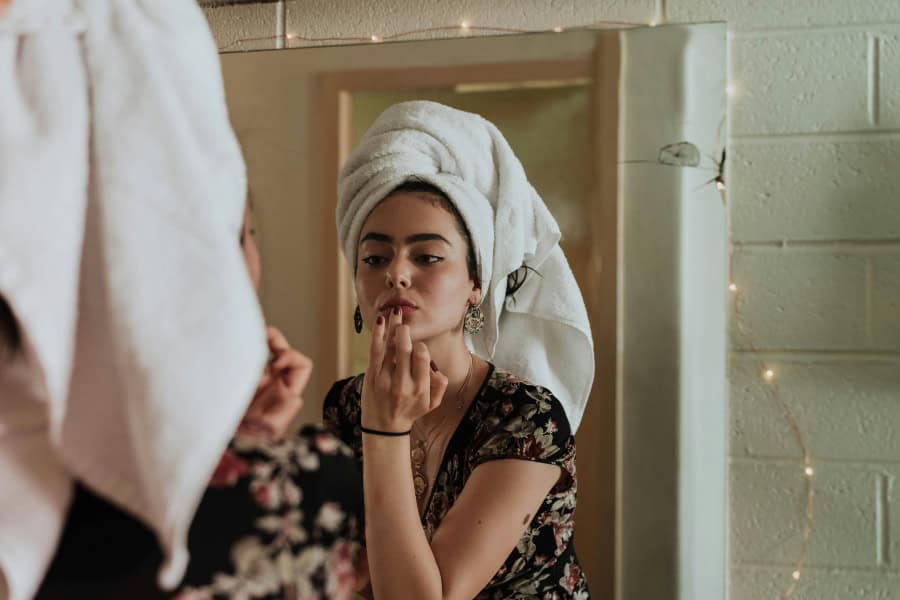
Understanding Exposure Risk And The Science
What makes most chemicals, that are okay at safe limits, toxic is the exposure level.
How I like to think of this is “Where, How, and How much?“.
- Where are you using it?
- How are you using it?
- How much are you using?
Understanding this can help you understand why a product or chemical may be harmful or safe or even an irritant for some but not all.
For example, take a conditioner vs. a leave-in conditioner. If they were made with the same ingredients at the same amounts the risks of these chemicals may be different.
One conditioner is a rinse-out, meaning it’s not going to be on your scalp for very long and the other is a leave-in conditioner which will remain on your scalp much longer until it’s rinsed out.
The exposure time and how it’s used is much longer with the leave-in conditioner on a part of the body that’s great at absorbing things, the epidermis of our scalp. Now I’m not saying all leave-in conditioners are bad but thinking of products that you use more of or that remain longer on you can help you understand your explore risk.
The Science
Now scientists do take this into account when they are formulating products and testing safe exposure levels but a lot of science and data is still ongoing.
A lot of research and testing can’t be fully complete until we see the long-term effects of a substance. It’s also important to note that the absence of data saying something is safe does not mean a product is unsafe.
The absence of data on safety ≠ unsafe. The absence of data deeming something unsafe ≠ safe
Believe it or not, at one point we believed certain formaldehyde-releasing preservatives as okay to use but gradually as scientists were able to understand the short and long-term effects it was concluded that these types of substances are not only unsafe but they’re carcinogenic.
I say this because I’ve found that consumers, beauty brand owners, researchers, medical professionals, and even toxicologists are often divided on the topic of clean beauty.
Fear-mongering, misinformation, and ongoing research on the effects of the chemicals we use have all contributed to the strong opinions of whether or not clean beauty is legit or just a beauty industry scam.
Greenwashing
Speaking of scams, greenwashing has made its way through every industry from furniture to food and even cosmetics.
Greenwashing is a deceptive marketing trick used by manufacturers, companies, and brands to fool consumers into thinking their product is eco-friendly, natural, or sustainable when it’s not.
They slap on labels like “green,” “natural,” or “eco-friendly” to make you think their product is better for the environment, but it’s often just a disguise.
An example of this is when L’Oréal advertised its Elvive shampoo as being in a “100 percent recycled plastic bottle,” but they didn’t mention that only the bottle was recycled, not the cap. While not a big deal to some people, this is just a small reflection of half-truths and deception.
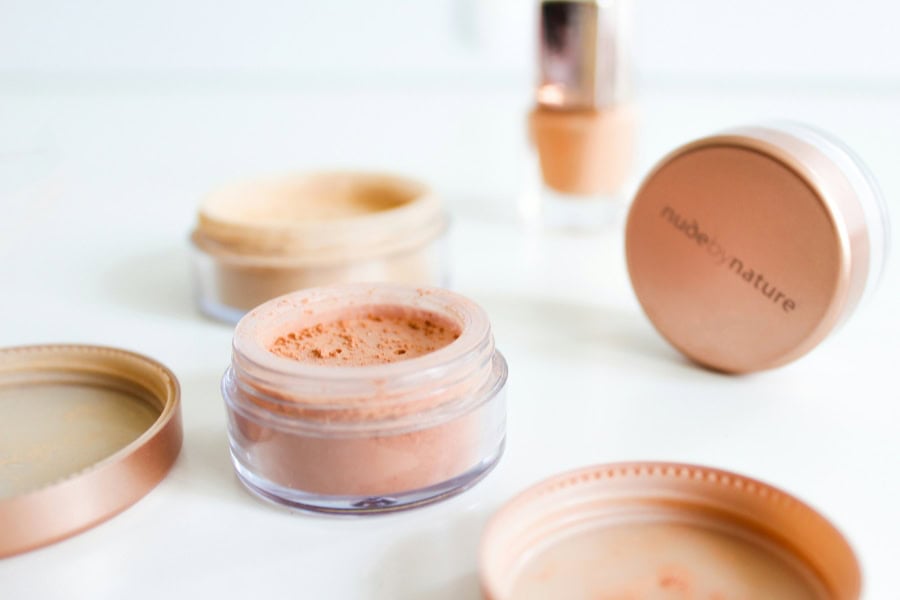
Appeal to nature bias
There’s also another tactic that some unethical clean beauty brands use and that’s the “appeal to nature bias”. This is the idea that if it’s natural or made from more natural ingredients it’s safer and better.
The funny thing is that that’s not always true. Looking at formaldehyde again, formaldehyde is found naturally within the environment but that, of course, doesn’t make it safe.
There are plenty of natural ingredients that are better and safer but it’s a big mistake to classify or believe something to be safe just because it’s natural.
But deceptive beauty brands bet on you to not understand that and with this wave of consumers wanting eco-friendly products, they’re using this “appeal to nature bias” to seem like the better alternative.
Bad Rep Chemicals – Preservatives
There are some chemicals that get a bad reputation. And although I am a believer in guilty until proven innocent as far as chemicals go, some chemicals are just very necessary.
Let’s talk about preservatives. A lot of natural beauty brands will claim to have no preservatives in them which can be a good but also a really bad thing.
You see, preservatives are not just put into cosmetics to extend their shelf life but they also provide protection against microbes like bacteria, mold, and yeast.
So let’s say you have a face moisturizing cream that comes in a tube and is made from only natural ingredients and no preservatives.
While there are benefits to that, the problem is from the moment you open that tube, because there are no preservatives, air-containing microbes can enter in and contaminate it leading to infections, and skin reactions.
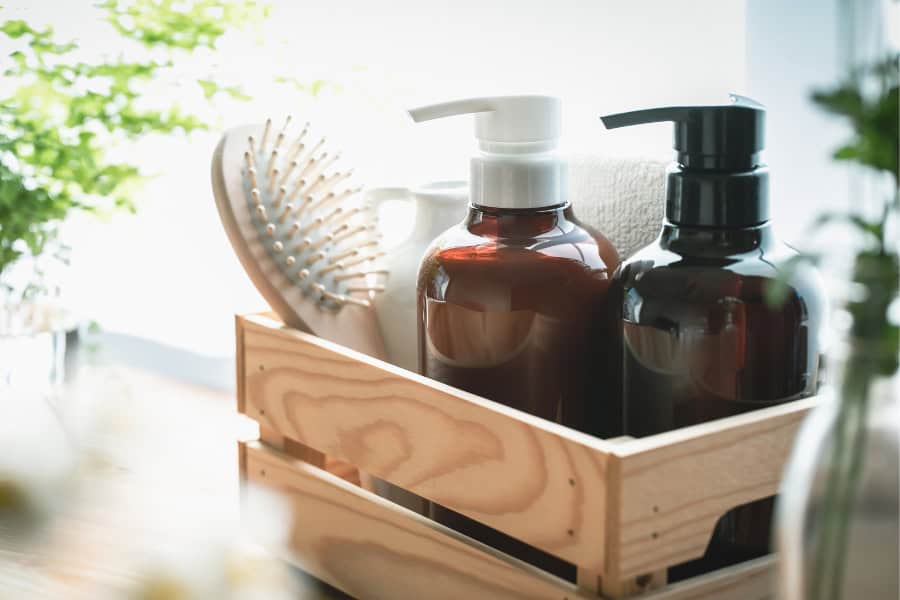
Parabens are actually the more common preservatives in cosmetics, but it’s important to know that there are different types of parabens(Methyl, Butyl, Ethyl, Propyl, and Isobutyl) and they affect people differently. Some parabens are unsafe while others have been considered safe. Overall parabens are still being studied.
For example, there are some people who have allergies and are sensitive to certain parabens. Isobutylparabens are linked to hormone disruption BUT are less common in products today.
Ethylparaben has been extensively studied and is generally regarded as safe for use in cosmetics and personal care products.
Also looking at it from a sustainable viewpoint, preservatives extend shelf life so when they’re not used, products will go bad faster resulting in products being wasted and the need to purchase more often.
So saying all preservatives are bad or even all parabens are toxic is just not true nor scientifically accurate. Preservatives are much more complex than this.
Again it’s always best to fully understand what specific compounds are used(How, Where, and How much?).
Final thoughts
So…clean beauty, is it worth it? I would say yes… BUT ONLY if there is true researched-backed evidence that shows whatever specific substances that are avoided or used actually add value as far as being safer and better for you.
But remember a lot of brands claim to be clean but when you look into their ingredients and practices they’re simply no better than any other beauty brand.
Please be careful about what brands say or even claim to be. Unfortunately, even some certifications are a whole bunch of bologna because brands can just pay to be certified or verified by certain organizations that have no real value.
Understand fully what substances you should avoid whether that be because they’ve been deemed unsafe according to legitimate science or because of your personal sensitivity and allergies.
And remember to consider the “How, Where, and How much?” a product is used. Everything whether natural or synthetic has a risk… analyzing the risk is where we began to understand.
Disclaimer:
At The Goodness Well we strive to give you information backed by science and experience that we’ve learned along the way.
You may read our articles and see us use terms like “non toxic”, “clean”, “eco-friendly” and “sustainable” but know that when we use these terms we never just throw them around but instead use them in their full and genuine meaning.
We hope this was helpful and that now you know what the heck clean beauty is 🤍
